Opinion - When the legendary Phar Lap won the Melbourne Cup in 1930, the big chestnut horse didn't just live up to his Thai name, which means "lightning". He also brought together strands of colonial history and mythology that are only now properly visible. Much worshipped in life and in death, Phar Lap has occupied a unique place in the story of Australia's and New Zealand's evolving national.. Phar Lap is Australia's most famous racehorse. He attained legendary status before his tragic death and this fame has continued to grow ever since. The Colt from TimaruHe was foaled at Seadown Stud, near Timaru, New Zealand, from a pairing of the English sire Night Raid and local mare Entreaty, being born on 4 October 1926. Despite a strong pedigree which included such notable names as Carbine
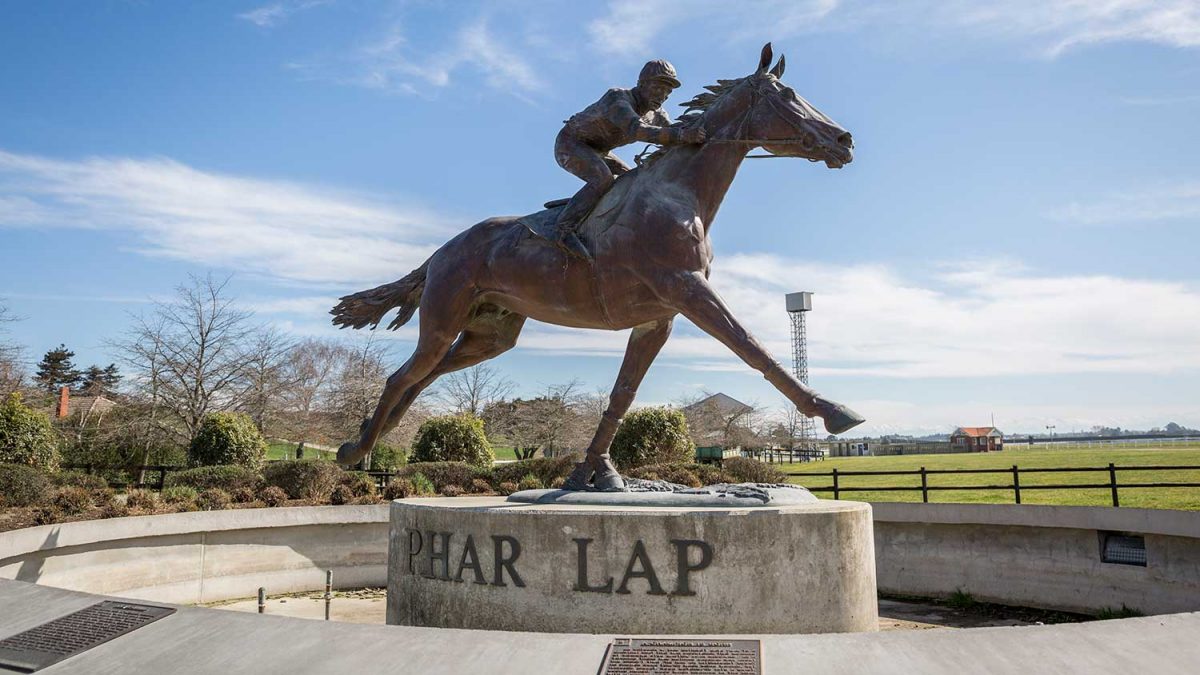
Equestrian statue of Phar Lap in Timaru, South Canterbury New Zealand
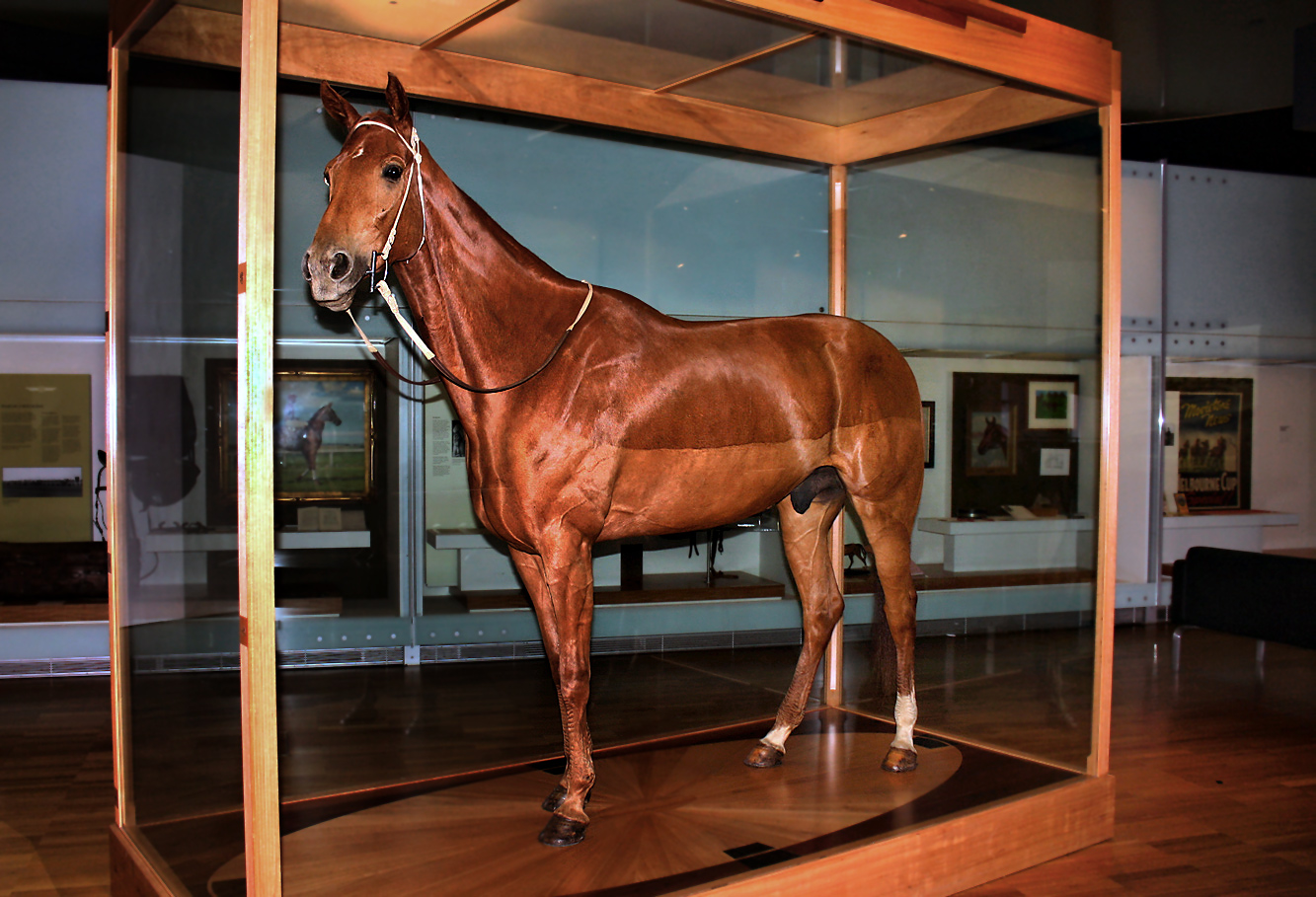
Phar Lap The Champion Horse Who Captured The World's Heart
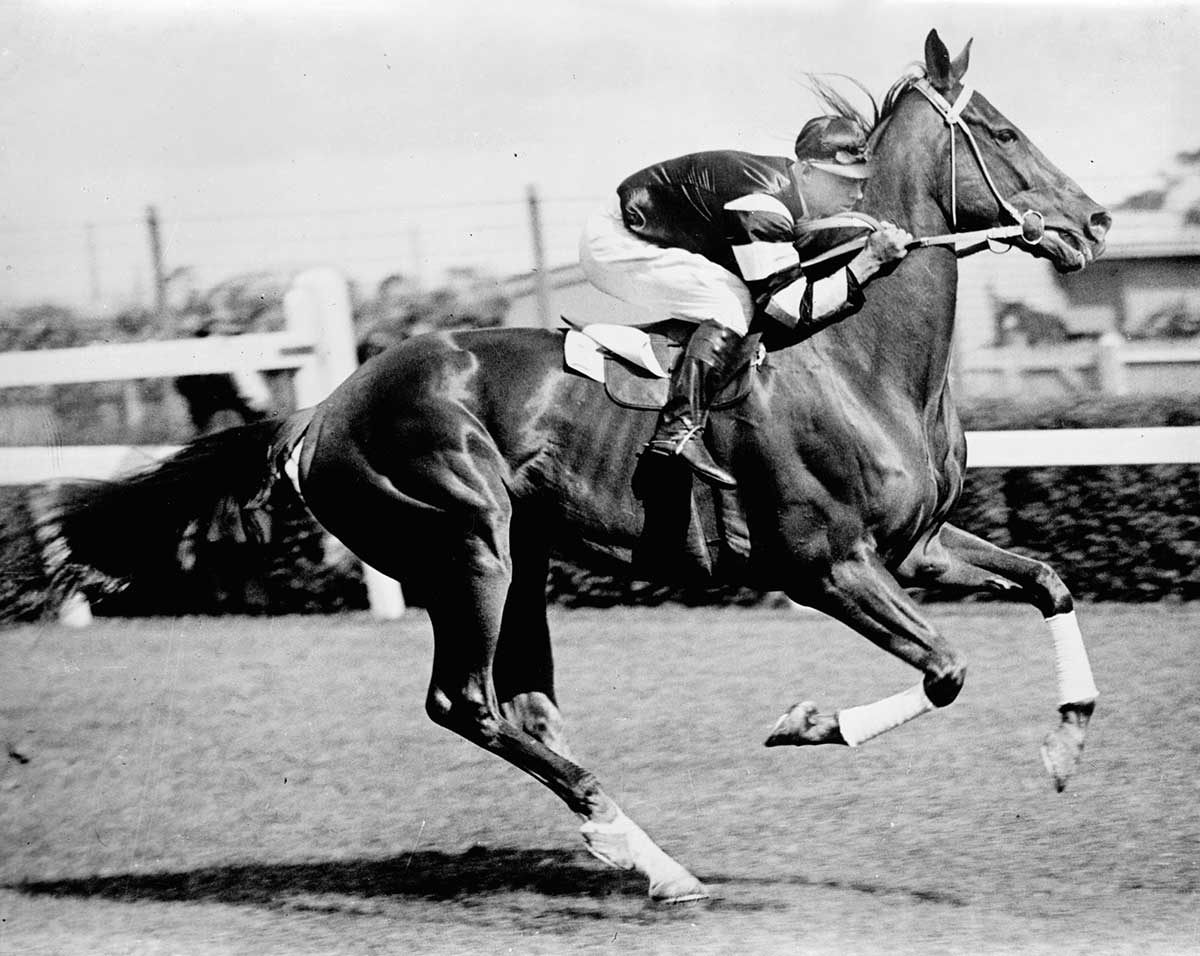
Phar Lap National Museum of Australia
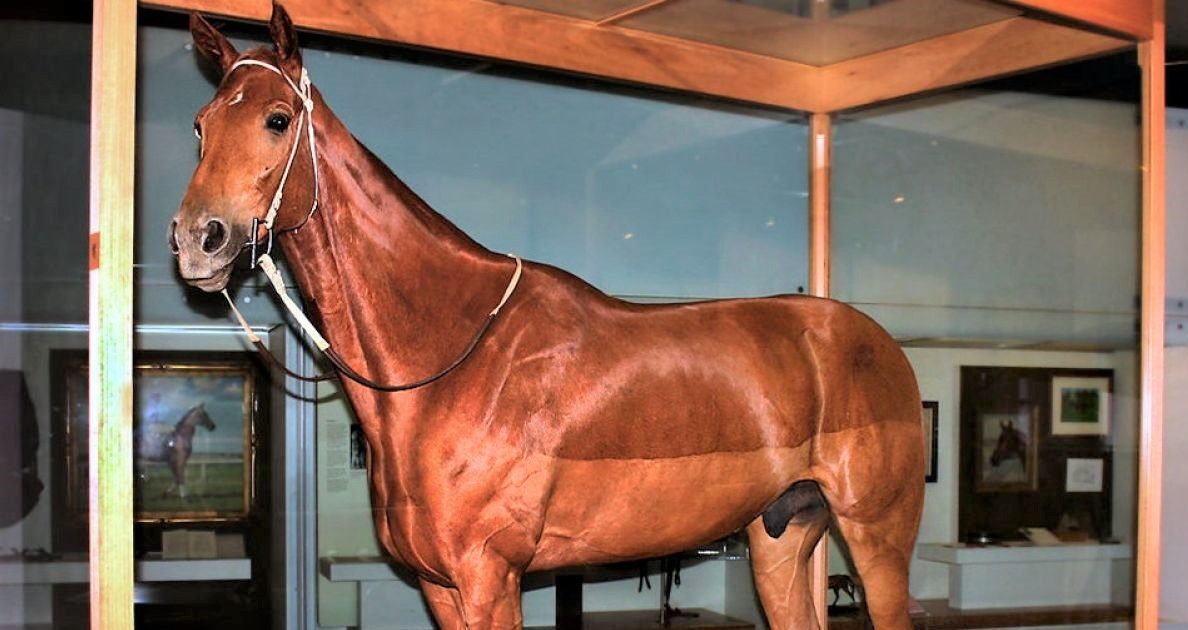
10 Interesting Facts About Phar Lap (Owner, Jockey, History & FAQs)
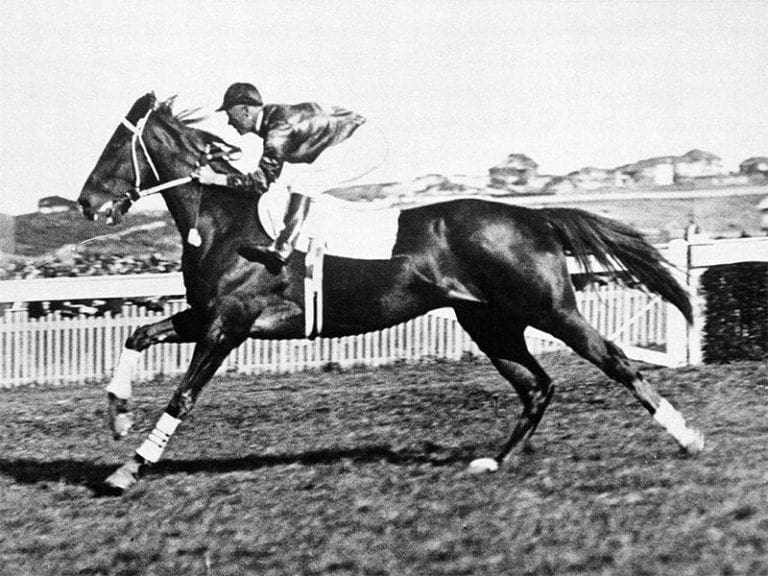
How many Melbourne Cups did Phar Lap win? BOAY Racing News

Phar Lap documentary added bonus to Royal Randwick’s bumper Epsom Day Herald Sun
Phar Lap Complete Career Record

Phar Lap Yearling, Thoroughbred, Time In Australia, Horse Boarding, Akhal Teke, Racehorse
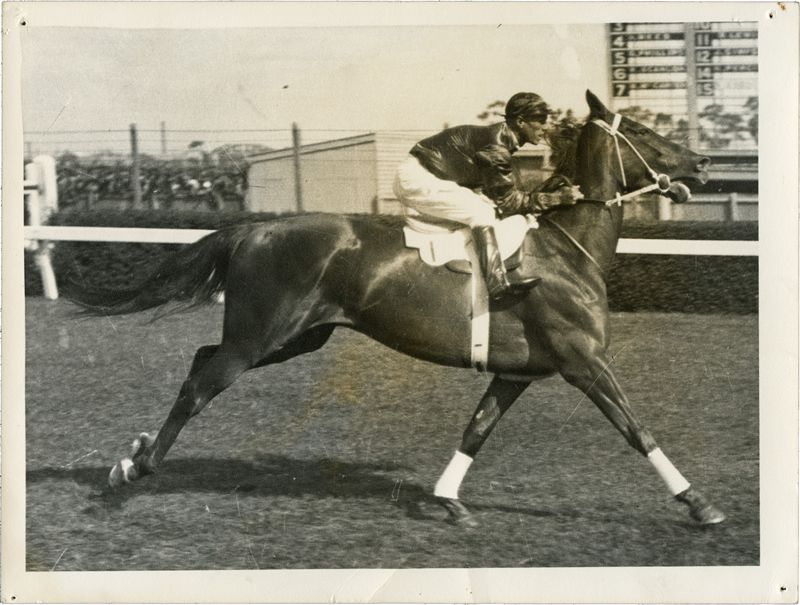
Phar Lap with Jockey in David Davis' Colours Sporting Horses Memorabilia

Phar Lap A true Aussie legend. Even if he was a Kiwi Daily Mercury
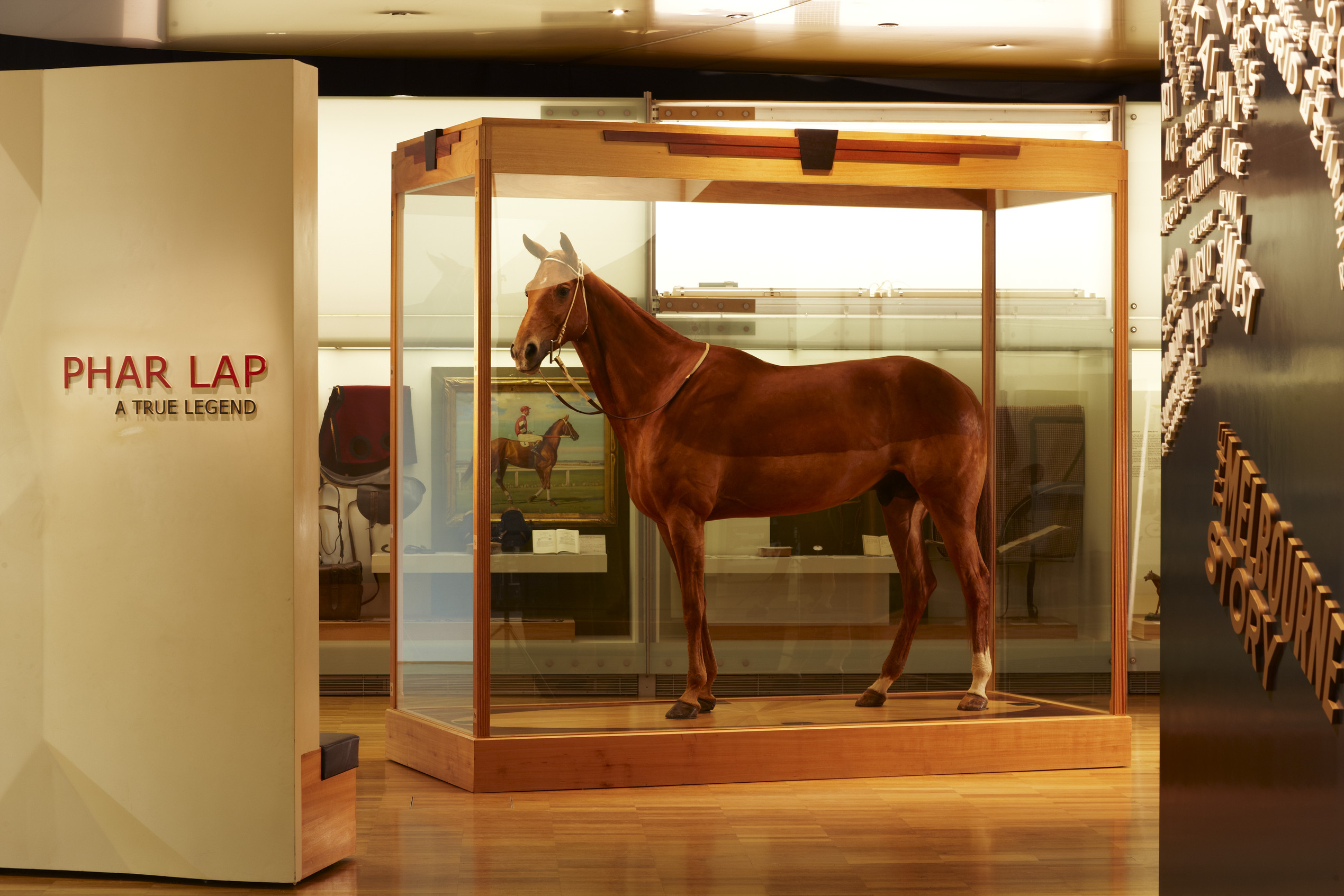
Phar Lap Melbourne Museum

Phar Lap
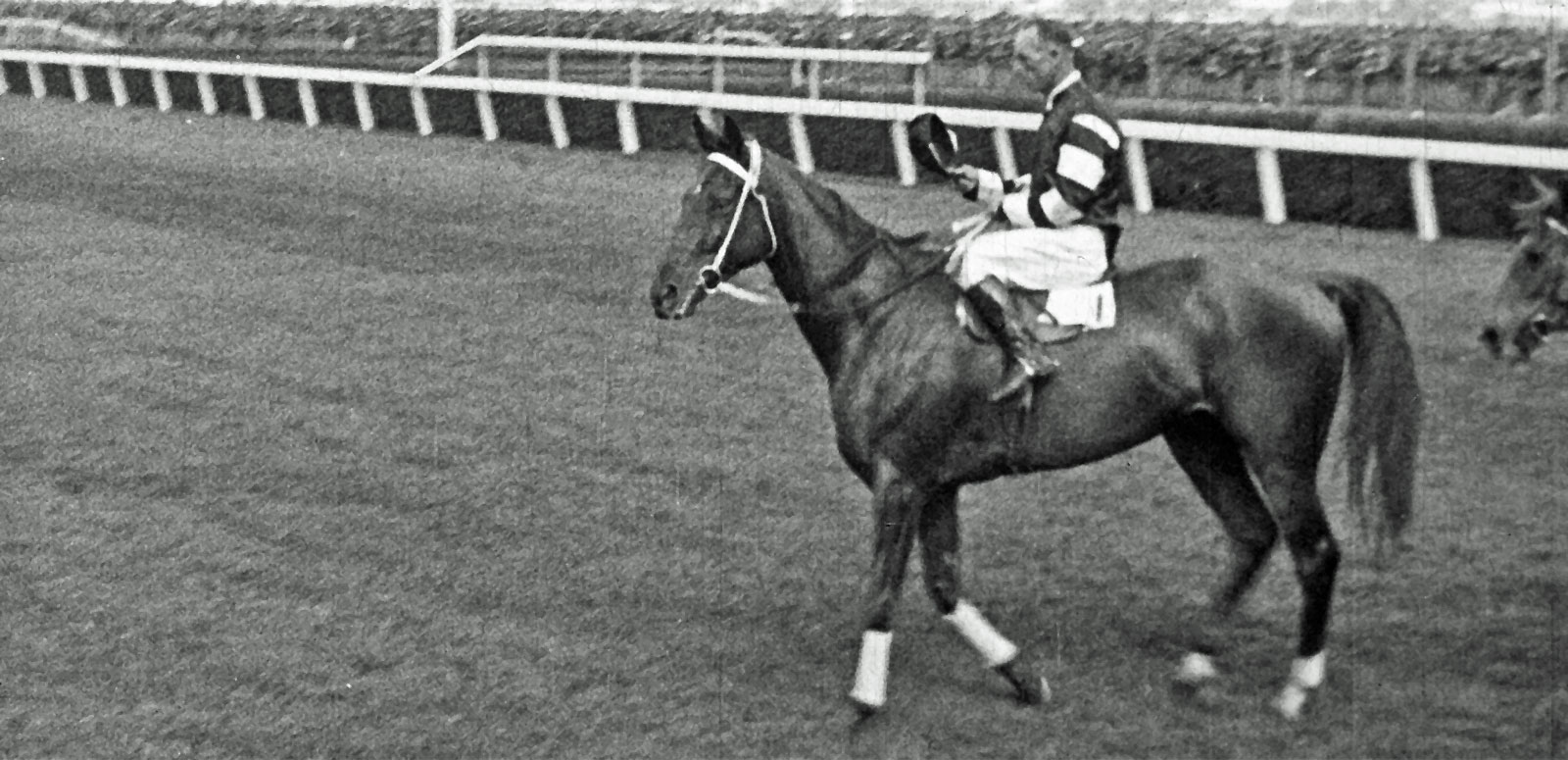
Phar Lap Wins the 1930 Melbourne Cup NFSA
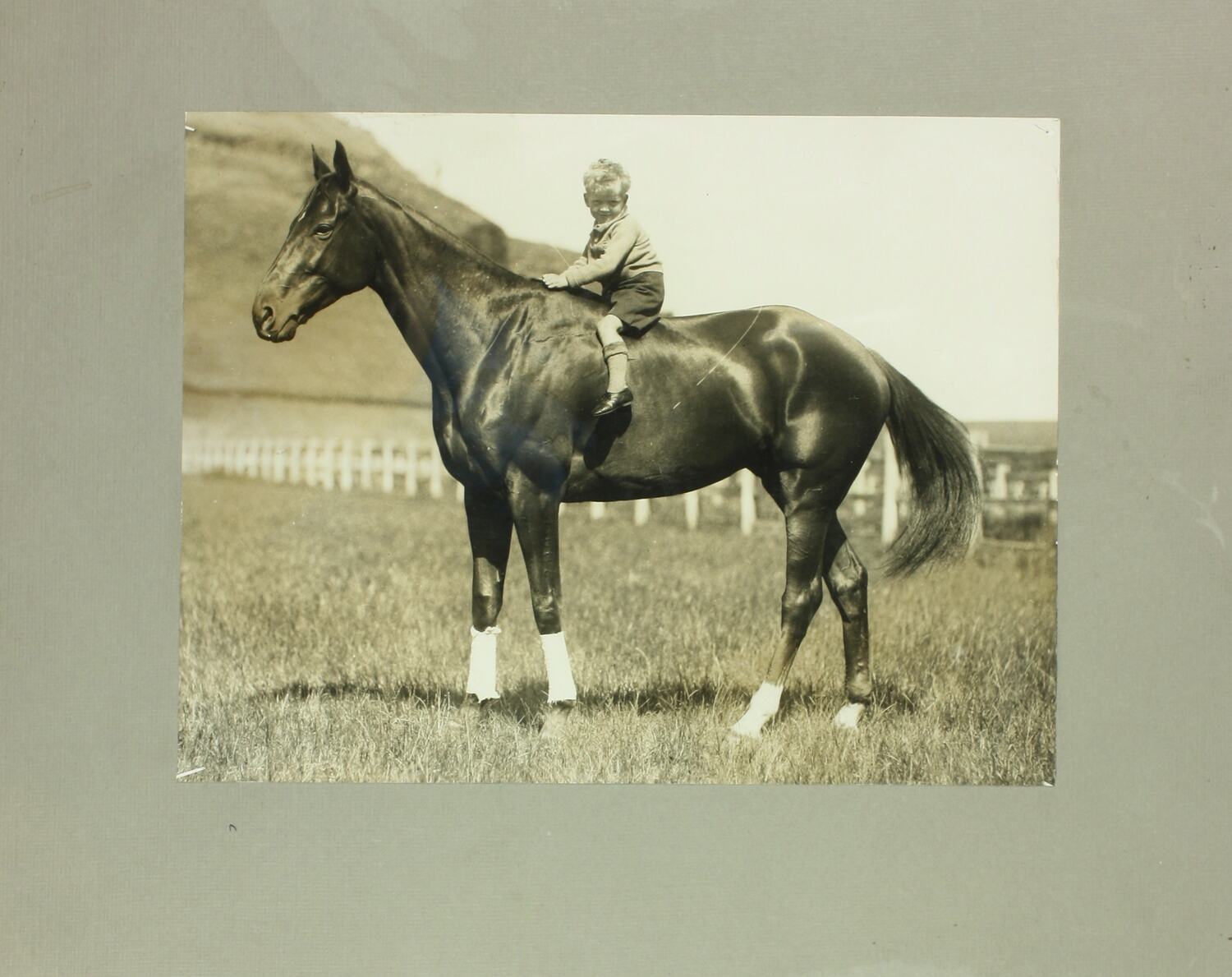
Photograph Phar Lap & Gerald Telford, 1931

Phar Lap Clydesdale Horses, Appaloosa Horses, Thoroughbred Horse, Breyer Horses, Horse Horse

Robot Brings Racehorse Phar Lap's Body Together Digitally The Horse
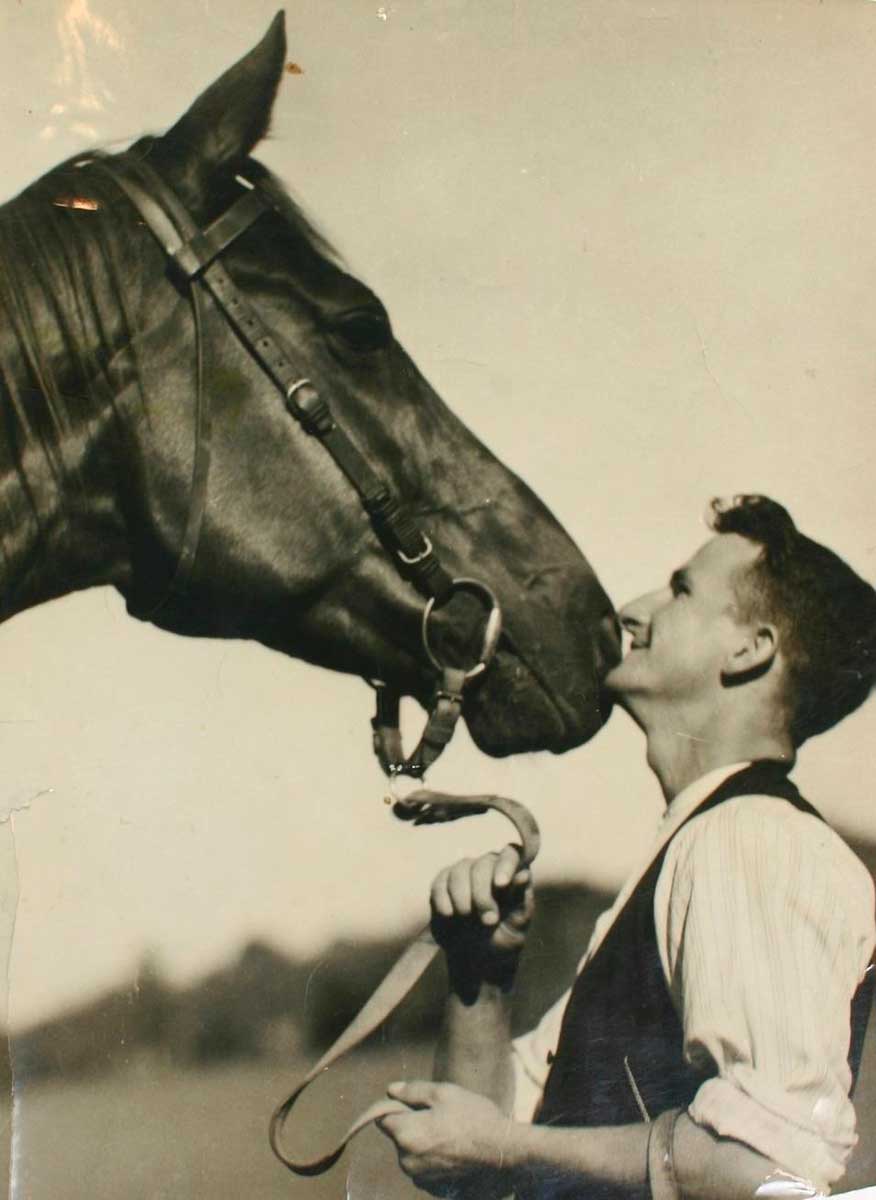
Phar Lap National Museum of Australia

Phar Lap Legendary Racehorse 2024

The Death Of Phar Lap WriteWork
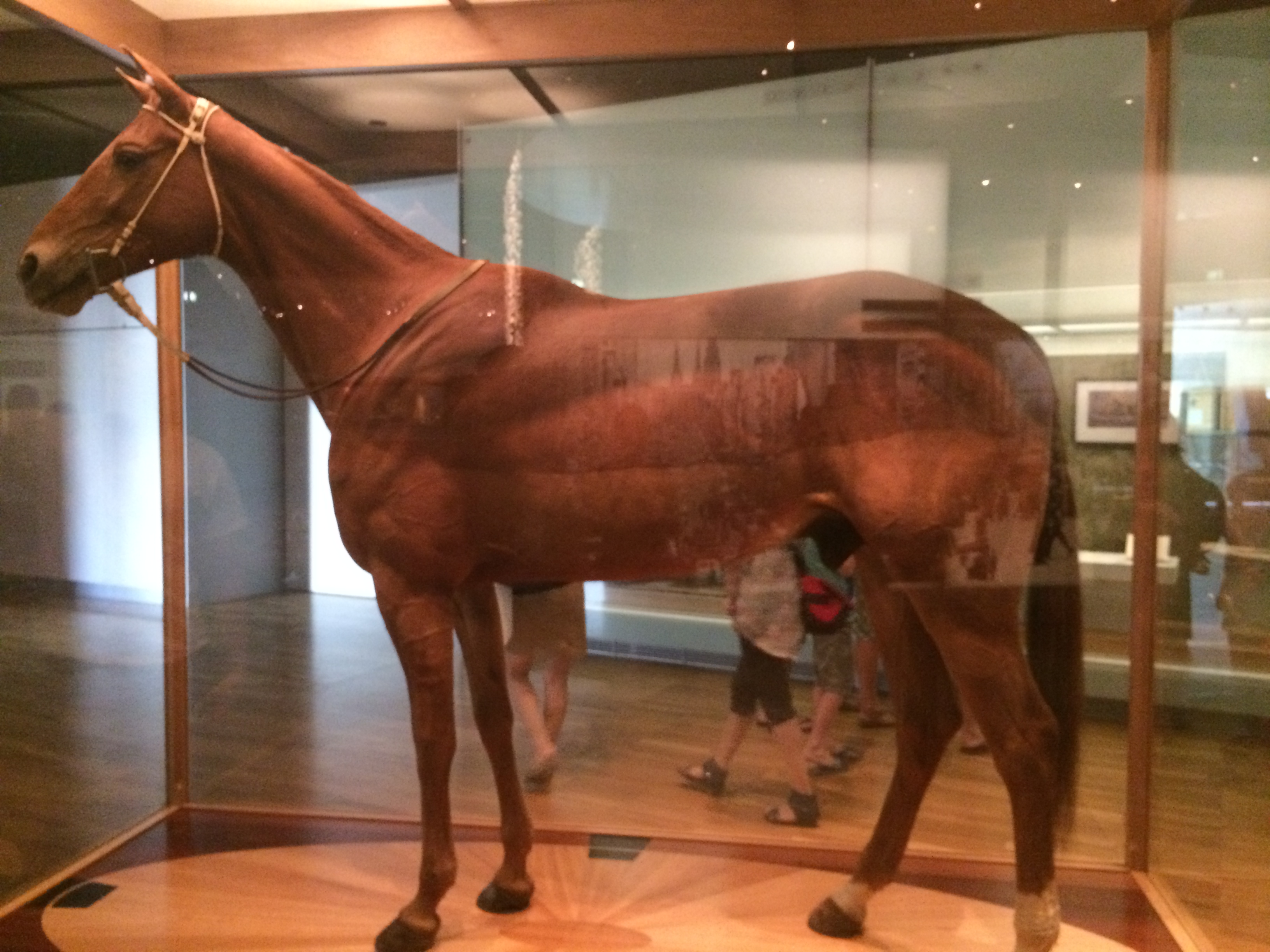
Assignment 3 Phar Lap Life Down Under With Gabby
Phar Lap's famous win by three lengths in 1930 - having survived an assassination attempt shortly beforehand - became part of the legend. Against the grim backdrop of the Great Depression, he offered escapism and even a sense of confidence that things could be better. Phar Lap's death saw shock and public mourning and like holy relics.. All three museums claim their Phar Lap relics are perennially popular. Phar Lap's skeleton and hide were temporarily reunited for a special exhibition at the Melbourne Museum to celebrate the 150th anniversary of the Melbourne Cup in 2011. But it's ironic the remains of a horse that once united Australia and New Zealand should be so separated.